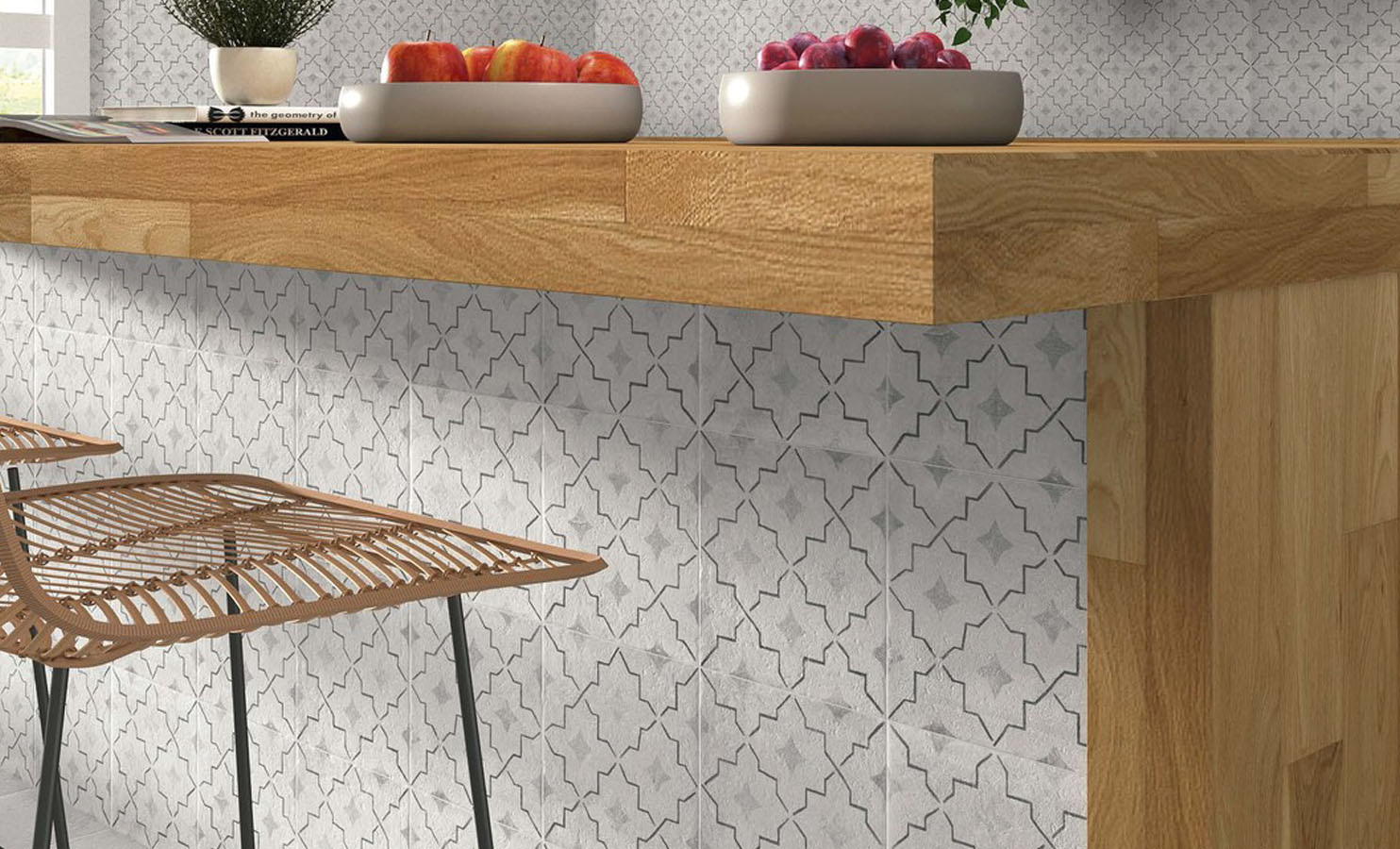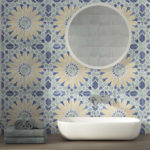Porcelain granite tiles are very popular in the international market and not for nothing.
It is an industrialized, hybrid material born to a pair of happy parents: porcelain tiles from the ceramic family, and granite that is not actually granite at all.
By the way, we will only explain that the use of the name granite is only a marketing choice that aims to clarify the enormous strength of the material.
On the mother’s side, porcelain tiles are produced by ultra-fine grinding of the material and its compression.
This process produces a hard and resistant material for both abrasion and water.
On the father’s side, in order to achieve strong properties such as granite, simply add sand and finely ground sand, glue and aggregates to the porcelain (clay), grind finely and compress everything until a uniform material is formed.
In the next step, the mixture is placed in the oven at a high heat, and thus, fortunately, a particularly strong and durable tile was born, which is much more durable than ceramic tiles – it is porcelain granite.
The special character of porcelain granite
The resistance of porcelain granite tiles even to the harshest abrasion conditions is one of the lines
The character that made the material so popular, but is not the only one.
The tiles do not require special maintenance, they allow great accuracy when gluing them, they are fireproof and with the countless designs and finishes available in the market, the sky is the limit.
They come in concrete, stone, parquet and even brick look, or as painted tiles.
And once you have safely passed the mirror stage, you can also choose from a wide range of sizes and geometric shapes.
The simple square – while in the past it was customary to use squares 45 by 45 or 60/60, but today the dimensions are much more varied and range
From very small to large tiles, when the only thing that is very important to consider is that the extra large tiles (for example: 100X300 cm) can only be laid on top of an existing flooring substrate.
The massive and thin square – tiles that are only 3 millimeters thick but their size can even reach two meters by two meters, and sometimes even more.
Because of their large size and minimal thickness, even these tiles can only be applied on top of existing flooring substrate.
The modern rectangle – The rectangle has become a very popular shape in homes around the world, the reason being that it can greatly affect the perspective of the space and give the home a modern look.
For the most part, parquet-like tiles are made in the shape of a rectangle.
Hexagon – The hexagonal tiles are more suitable for cladding the walls of a bathroom or kitchen, but there are also those who choose to tile the floor with them.
Their special shape gives a unique character to the space.
And what about the price?
In fact, the price of porcelain granite tiles usually indicates the mode of production.
The quality tiles and therefore also the more expensive ones are the ones that are all made of the porcelain granite material while the question is significantly cheaper
Manufactured in two layers, the bottom is the material and the top is a coating layer.
It is recommended to stay away from the cheap tiles as their quality is very poor and even if they last in the application stage, it will probably not take long and they will be damaged during use.


